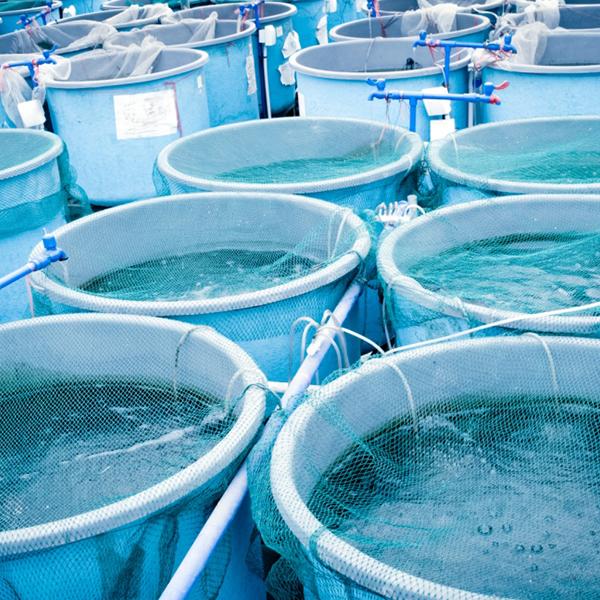Aquaculture, the farming of fish, has been a vital source of food for centuries. With the ever-increasing demand for seafood, the traditional methods of aquaculture have become unsustainable. Revolutionising aquaculture is critical to meet the demand for fish and protect marine resources. Biofloc fish farming is a new technique that is transforming the aquaculture industry.
Biofloc technology is an innovative method that relies on the development of a microbial community within the aquaculture system. This technique promotes the conversion of waste into nutrients that can be consumed by fish. In biofloc fish farming, a microbial culture is developed within the fish pond or tank. The culture consists of bacteria, protozoa, fungi, and other microorganisms that feed on fish waste, uneaten food, and other organic matter. These microorganisms convert the waste into a biomass that can be used as a food source for fish.
Biofloc fish farming has many benefits over traditional aquaculture. Firstly, it is cost-effective. The microbial culture within the fish pond or tank reduces the need for external sources of food. Secondly, it promotes the growth of healthy fish. The nutrients produced by the microbial culture are rich in protein, vitamins, and minerals that are essential for fish growth. Thirdly, biofloc fish farming is environmentally sustainable. The technique recycles waste and reduces the need for antibiotics and other chemicals that can harm marine life.
Biofloc fish farming has gained popularity in recent years due to its many advantages. The technique was developed in the 1970s by Yoram Avnimelech, an Israeli researcher. Since then, the technique has been refined and adopted by fish farmers worldwide. The technique is particularly popular in countries with limited resources and poor water quality.
Biofloc fish farming has been successful in many parts of the world. In Indonesia, for example, the technique has been used to farm tilapia, catfish, and shrimp. In Bangladesh, biofloc fish farming has been used to produce large quantities of fish in small spaces. In India, the technique has been used to farm marine fish, such as sea bass and pompano.
Biofloc fish farming requires careful monitoring and management. The microbial culture within the fish pond or tank must be maintained at optimal levels to ensure the health and growth of fish. The water quality must also be closely monitored to prevent the build-up of harmful chemicals and pathogens. Fish farmers must have a deep understanding of the biofloc technology and its requirements to successfully implement the technique.
The success of biofloc fish farming depends on the quality of the microbial culture within the aquaculture system. The culture must be carefully developed and maintained to ensure that it provides the right balance of nutrients for fish. The culture must also be protected from external sources of contamination, such as pesticides, herbicides, and other chemicals.
Biofloc fish farming has the potential to revolutionise the aquaculture industry. The technique is environmentally sustainable, cost-effective, and promotes the growth of healthy fish. Biofloc fish farming can also be used to produce large quantities of fish in small spaces, making it ideal for countries with limited resources and poor water quality.
In conclusion, biofloc fish farming is a new technique that is revolutionising the aquaculture industry. The technique relies on the development of a microbial community within the fish pond or tank to convert waste into nutrients that can be consumed by fish. Biofloc fish farming is cost-effective, environmentally sustainable, and promotes the growth of healthy fish. The success of the technique depends on careful monitoring and management of the microbial culture within the aquaculture system. Biofloc fish farming has the potential to meet the ever-increasing demand for seafood and protect marine resources for future generations.



